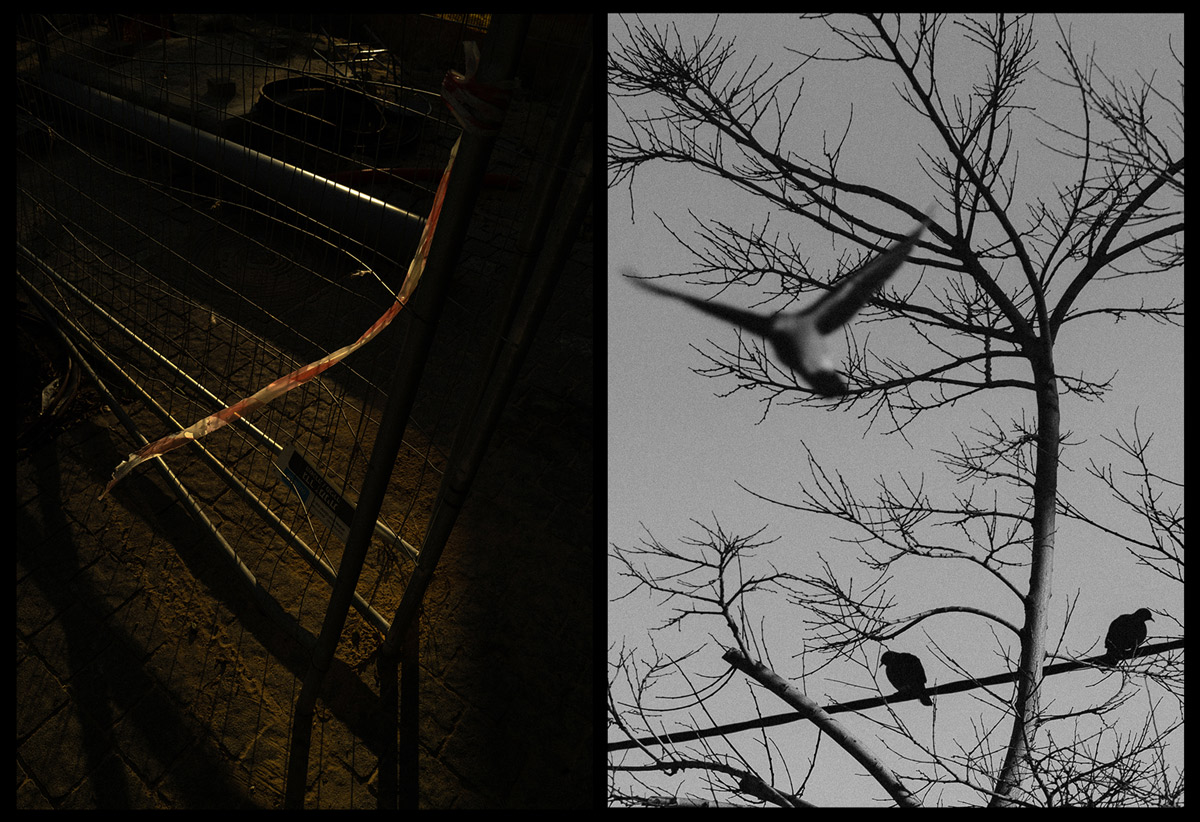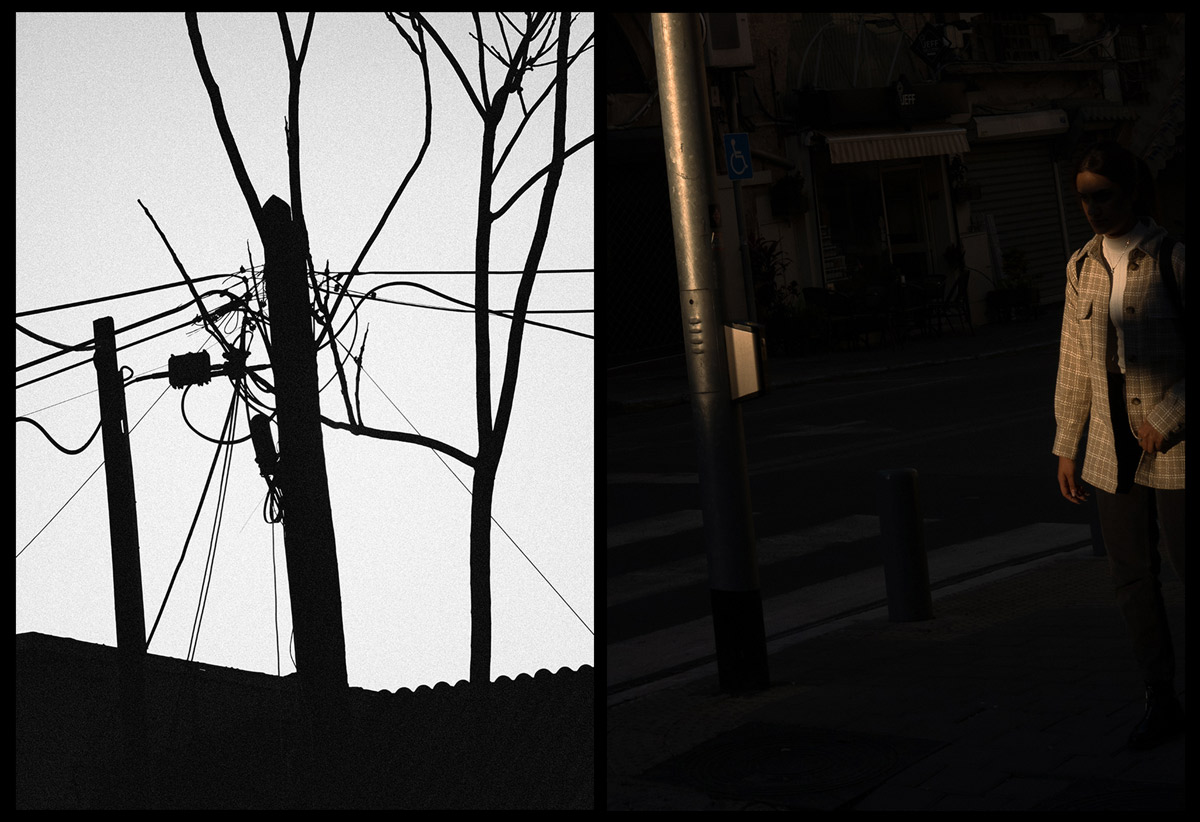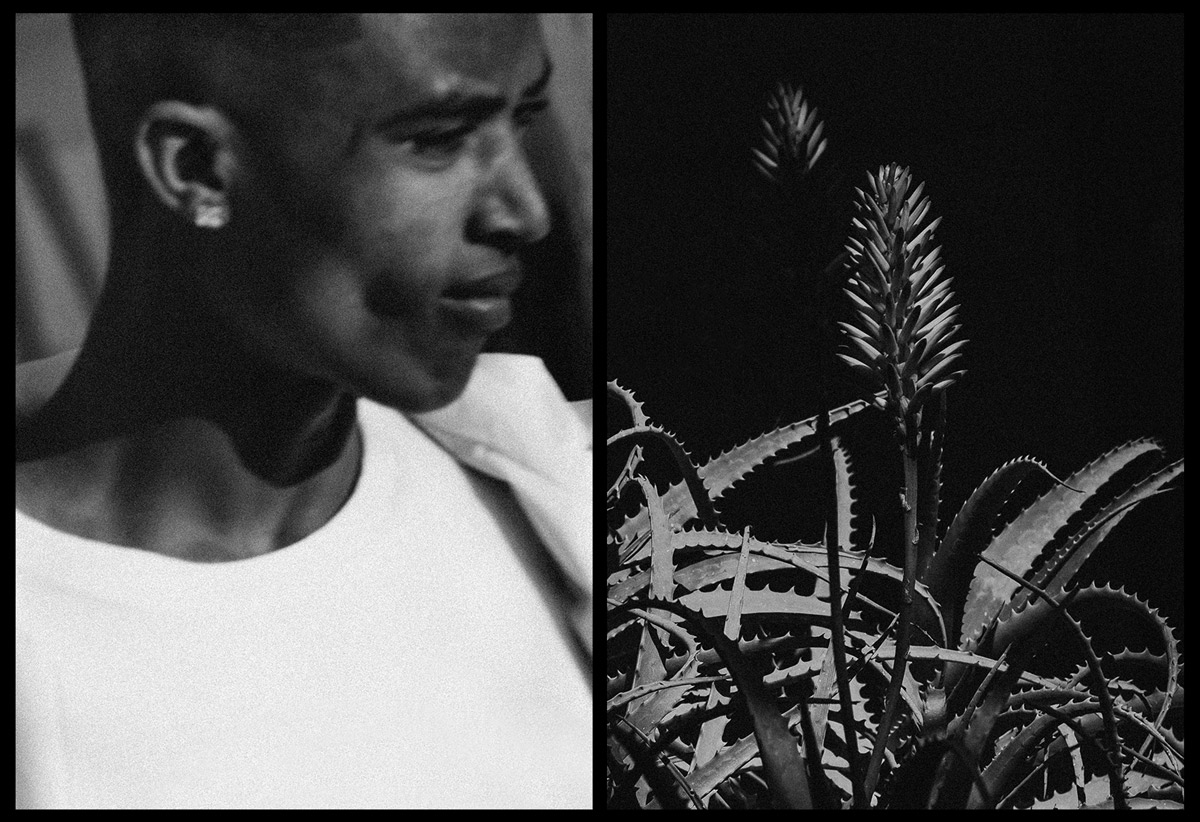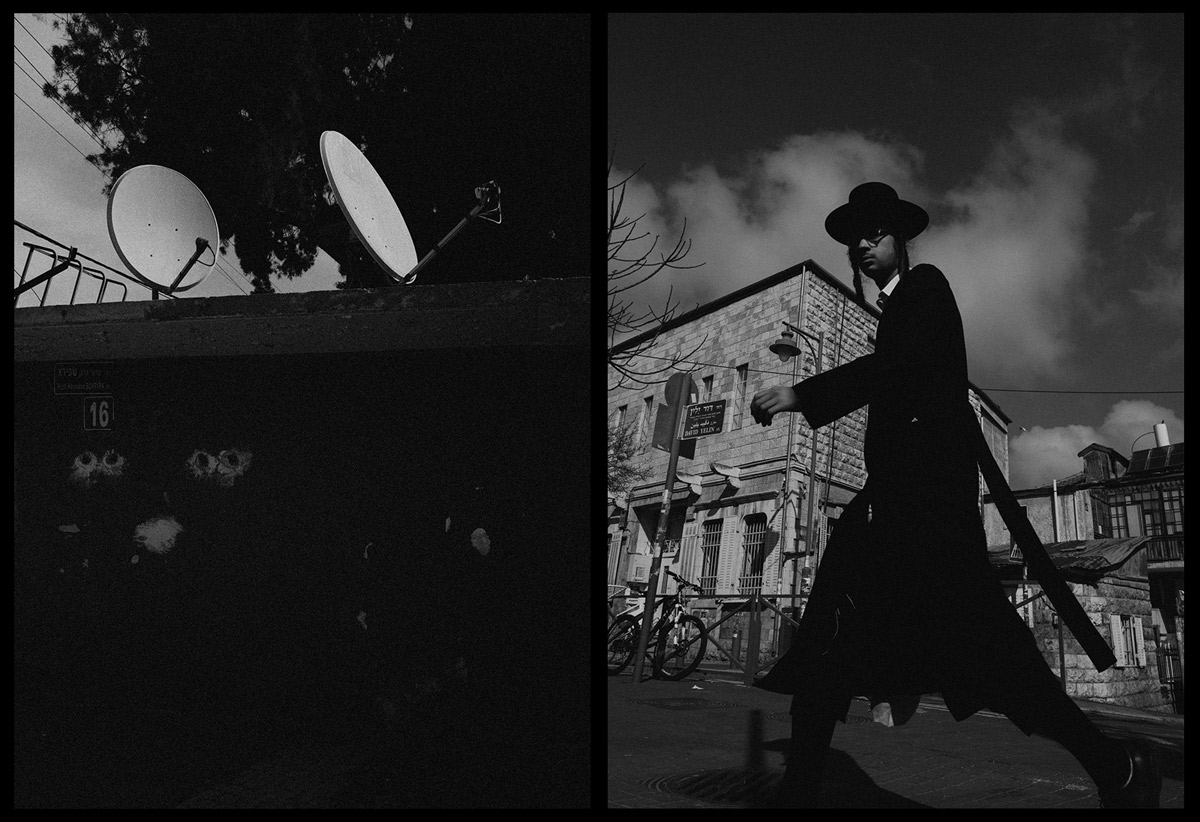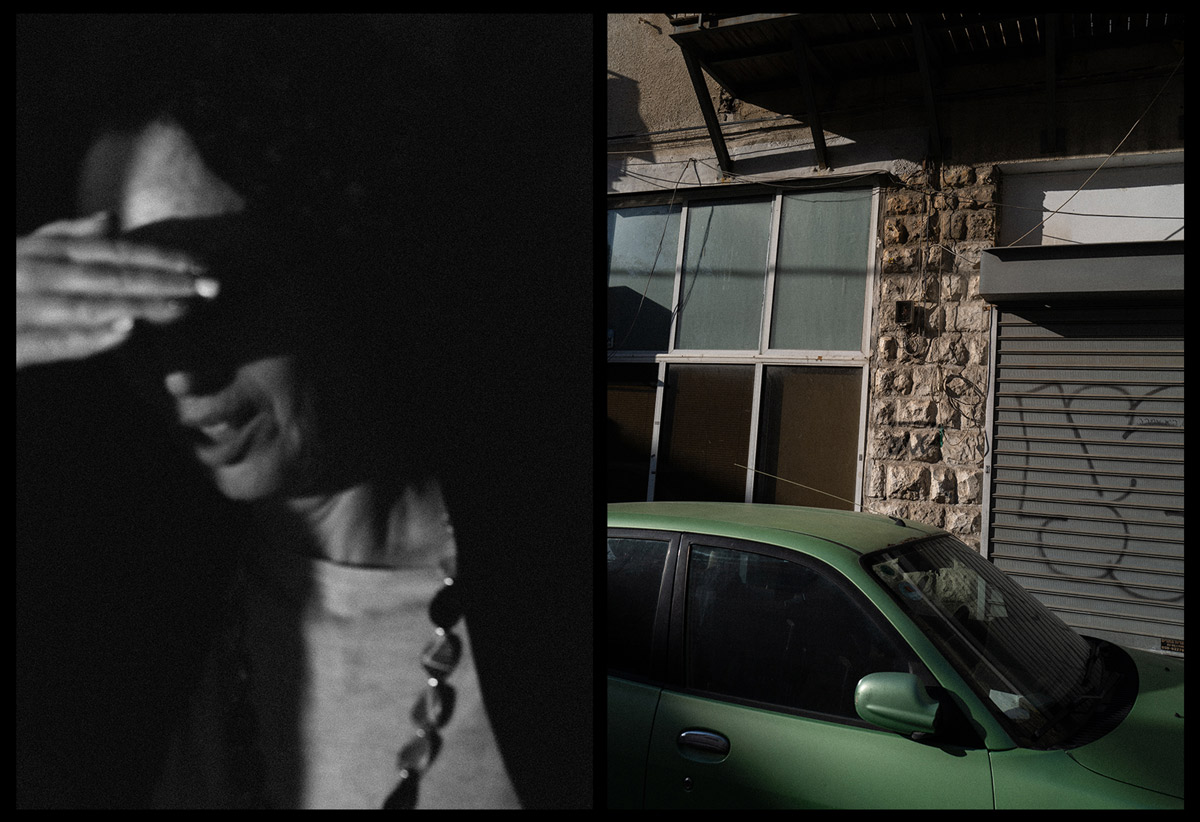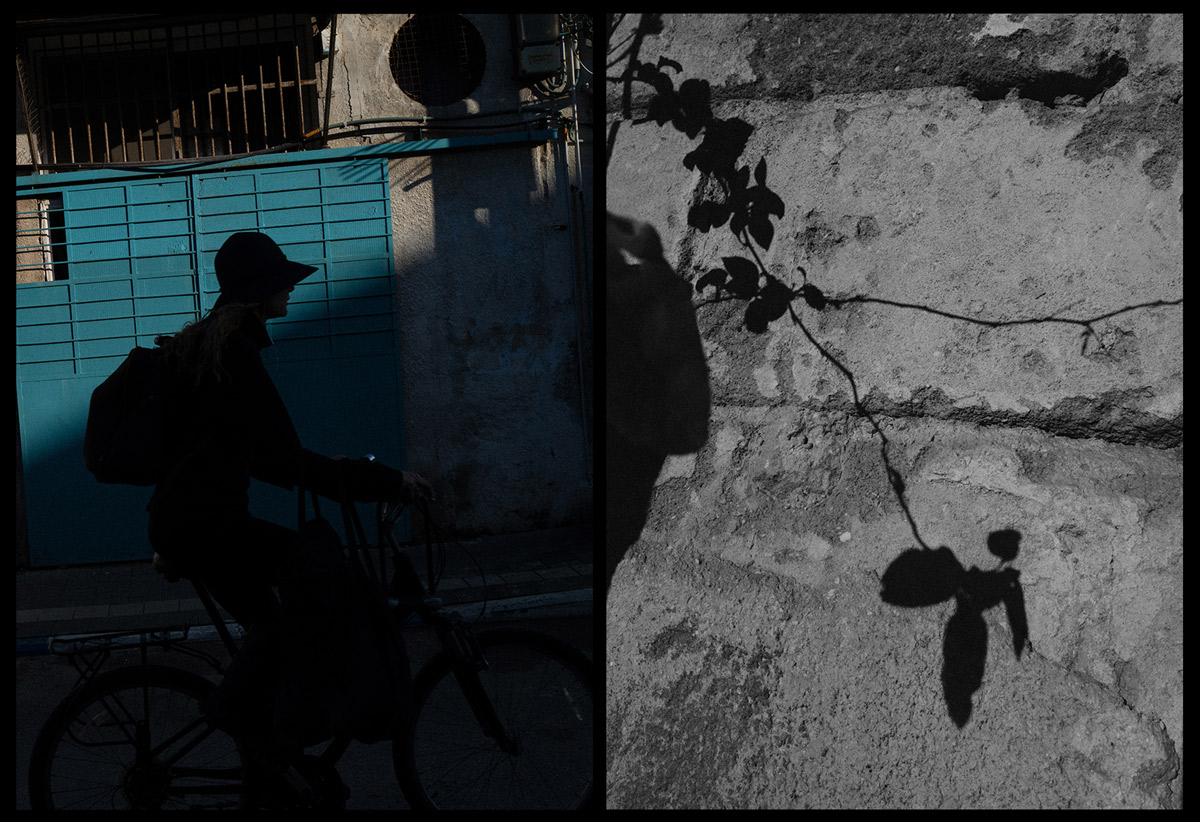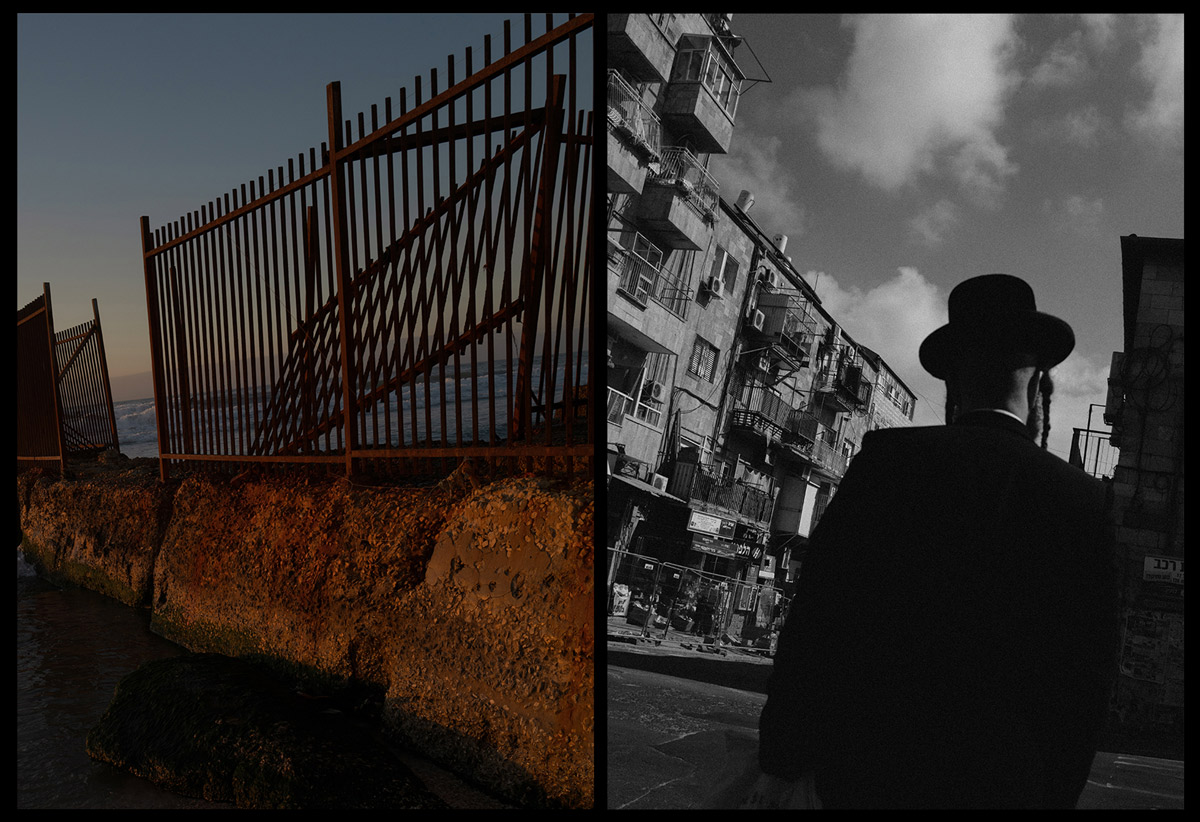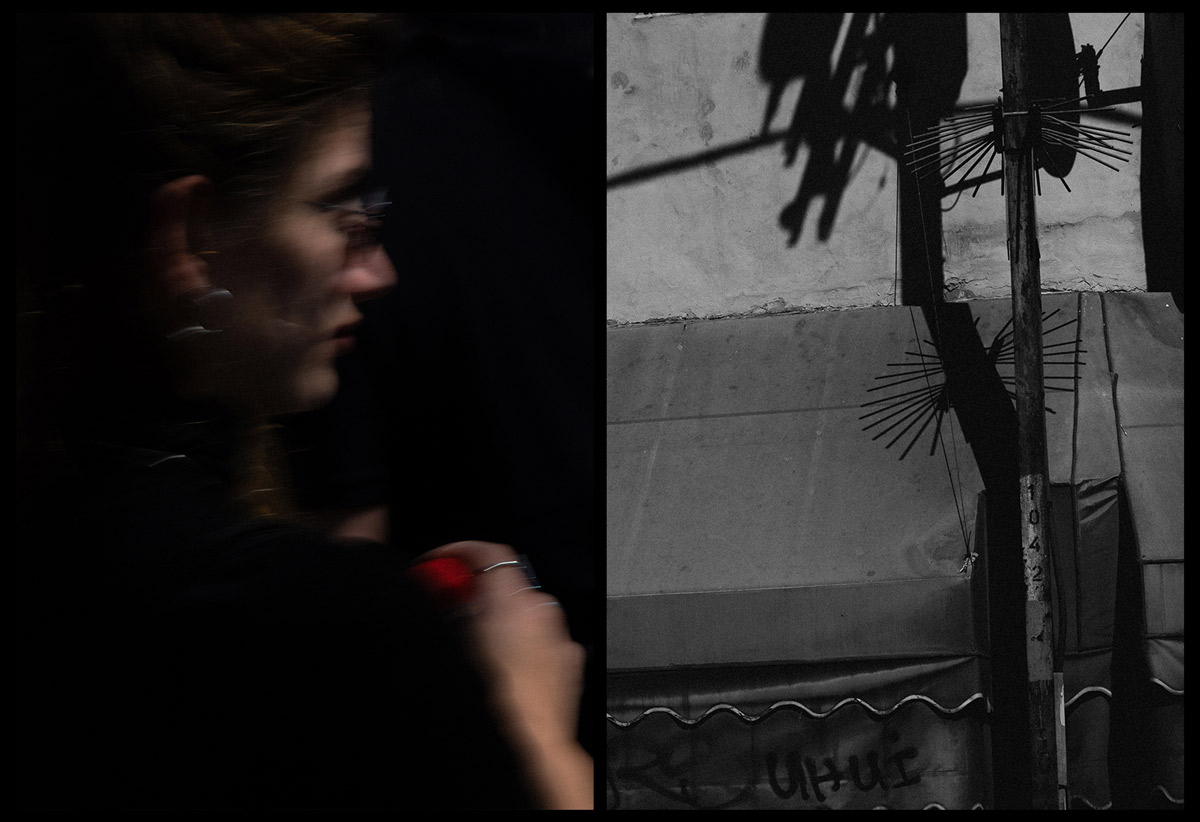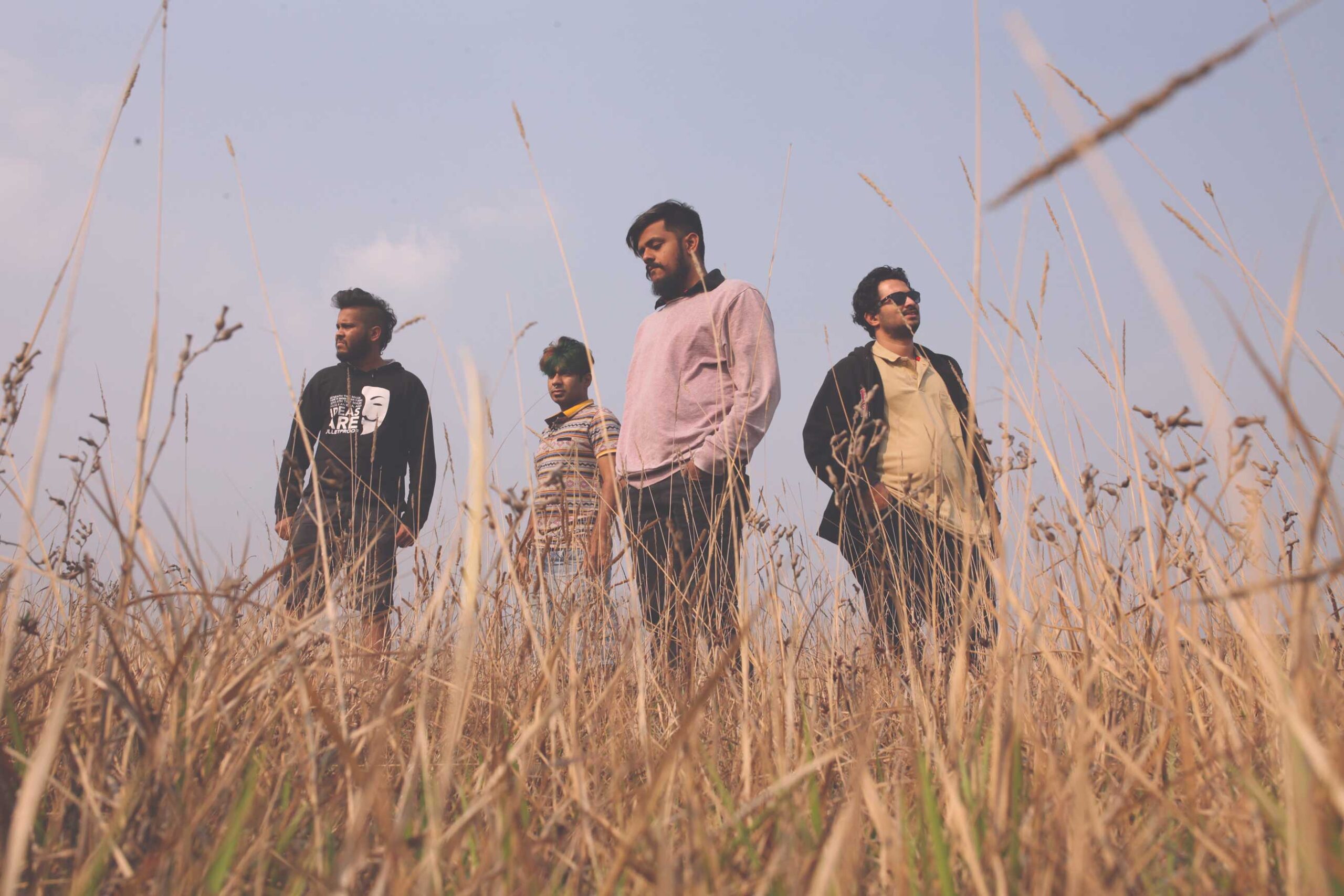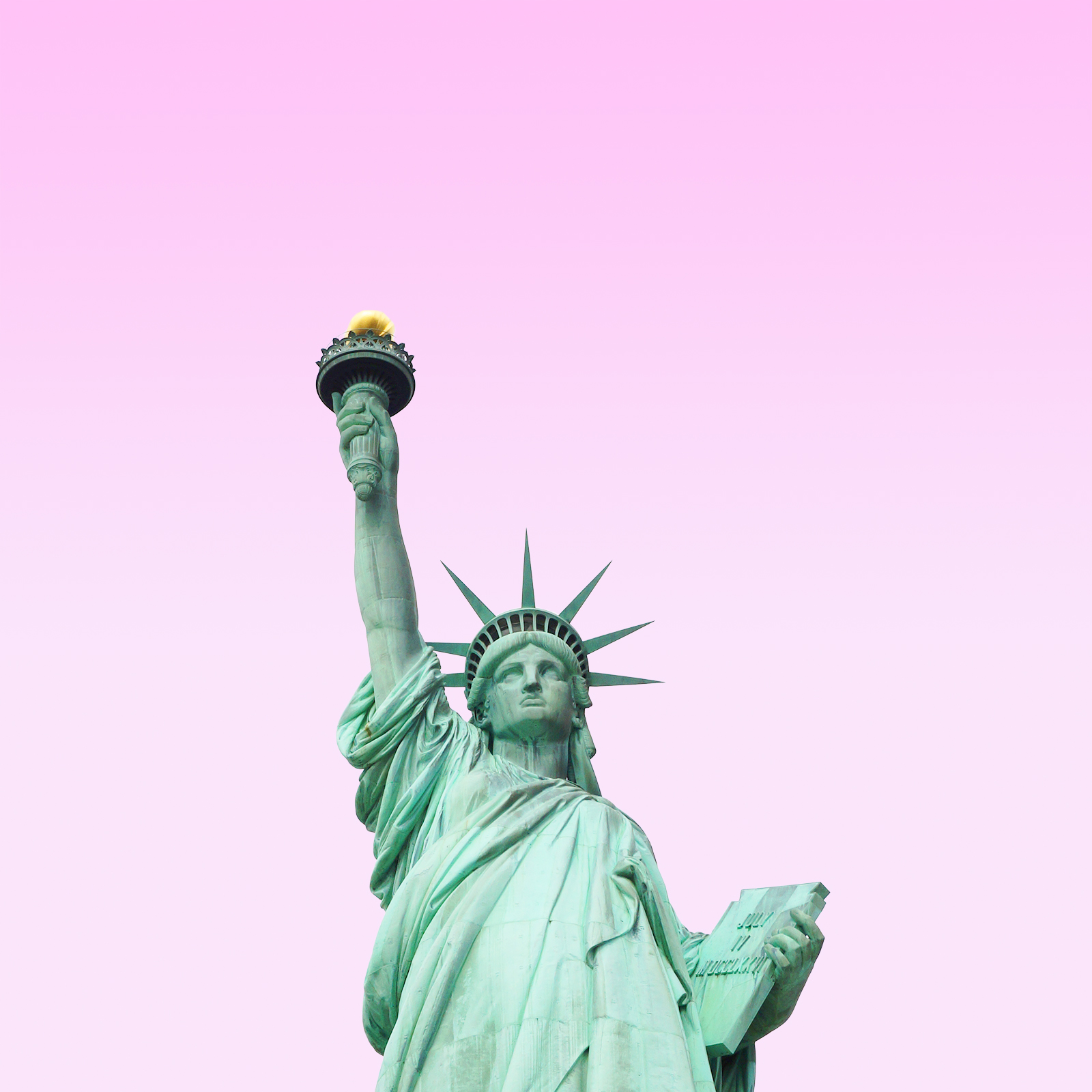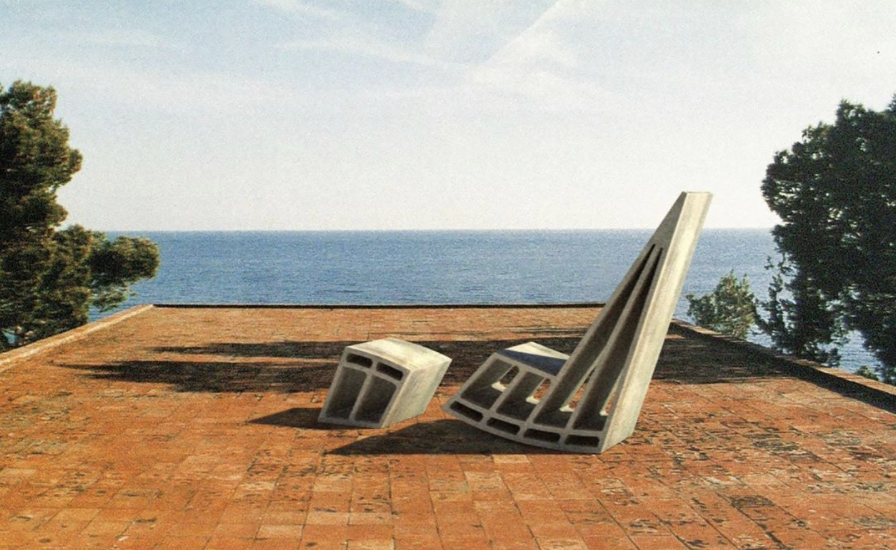“Be yourself. Find yourself, deep inside, no matter the time and the path. Once the technique is acquired, let it go to be in synergy with your curiosity.” Fabien Voileau
Fabien Voileau is a French photographer currently based in Paris with his family. He was raised near the French coastal town Nantes and his work expresses a deep connection with the ocean. He also beautifully captures intimate portraits that are passionate and unconventional. His interest in photography was invoked by a camera that he borrowed from his father, Canon AE1, which he still treasures.
The most important element of Fabien’s photography is the use of light and shadows. He says, “Light and shadows have a great significance in my everyday life. I like to look for them, observe them and guess their evolution. They are my foundation, in my work but also in my personal life.” His relationship with light and shadows is such that he creates an air of a dark reality that one can’t escape. The song of light and shadows engulfs the viewer into a deep psychic chamber that demands reflection. His photography also echoes the noir cinema which looks mysterious, cynical, dark and ambiguous. A collection of photographs called ‘Parade’ which essentially comprises black and white photographs brings realness to the audience that not every photographer can deliver. His photography does not shy away from capturing frames that are awkward and distorted, like life. He does not present life in an unnaturally aesthetic way. Fabien refuses to balance the frames with the positive and negative space. The frames are tilted or have too much negative space in relation to the subject. This can be a frustrating experience for a viewer because most viewers are used to a balanced composition which seems appealing to the eyes. Through this Fabien distorts perspective by creating an imbalance between the positive and negative spaces in a frame. His worldview seems quite natural and untainted by the visions representative of life in a form of pretence. He believes he is trying to convey “poesy” and “teenage reverie” through his art. Another collection of photographs called ‘Wave of Emotions’ also reflects a similar style and range of passion and emotions. He uses hints of colours in this collection, still managing to keep a dark aura to his style. He believes his pictures are more like “snatch shots”, a moment stolen by his camera from the vividness of life which represents the uncertain reverie of life.
Another important aspect of Fabein’s style is that of juxtaposition of images. This element creates an air of ambiguity to give agency to the audience to interpret the meaning of two juxtaposed images on their own. Fabein creates a piece by placing two unfamiliar or unrelated images together which are not synced with meaning and do not convey an obvious story. He says, “I deeply love to put two images together. But also because it does not respond to any rational series as we perceive through the classical artistic curriculum which is, in my opinion, redundant.” This technique actively involves the viewer to dive into the cornered places of their being and dream a meaning that the pictures communicate to the viewer individually. Each viewer might interpret the meaning differently. Fabien does not use the collective consciousness but rather targets the unique interpretation of every individual consciousness. Hence, the meaning is generated through an individual’s cognition based on their experiences in life. Fabien has a gift of vision and he uses light and shadows to create unconventional songs in his photographs like a maestro conducting a symphony of highest order.
All photos by Fabien Voileau.
Text by Mariyam Fatima.
Curated by Romina Bertetti.


